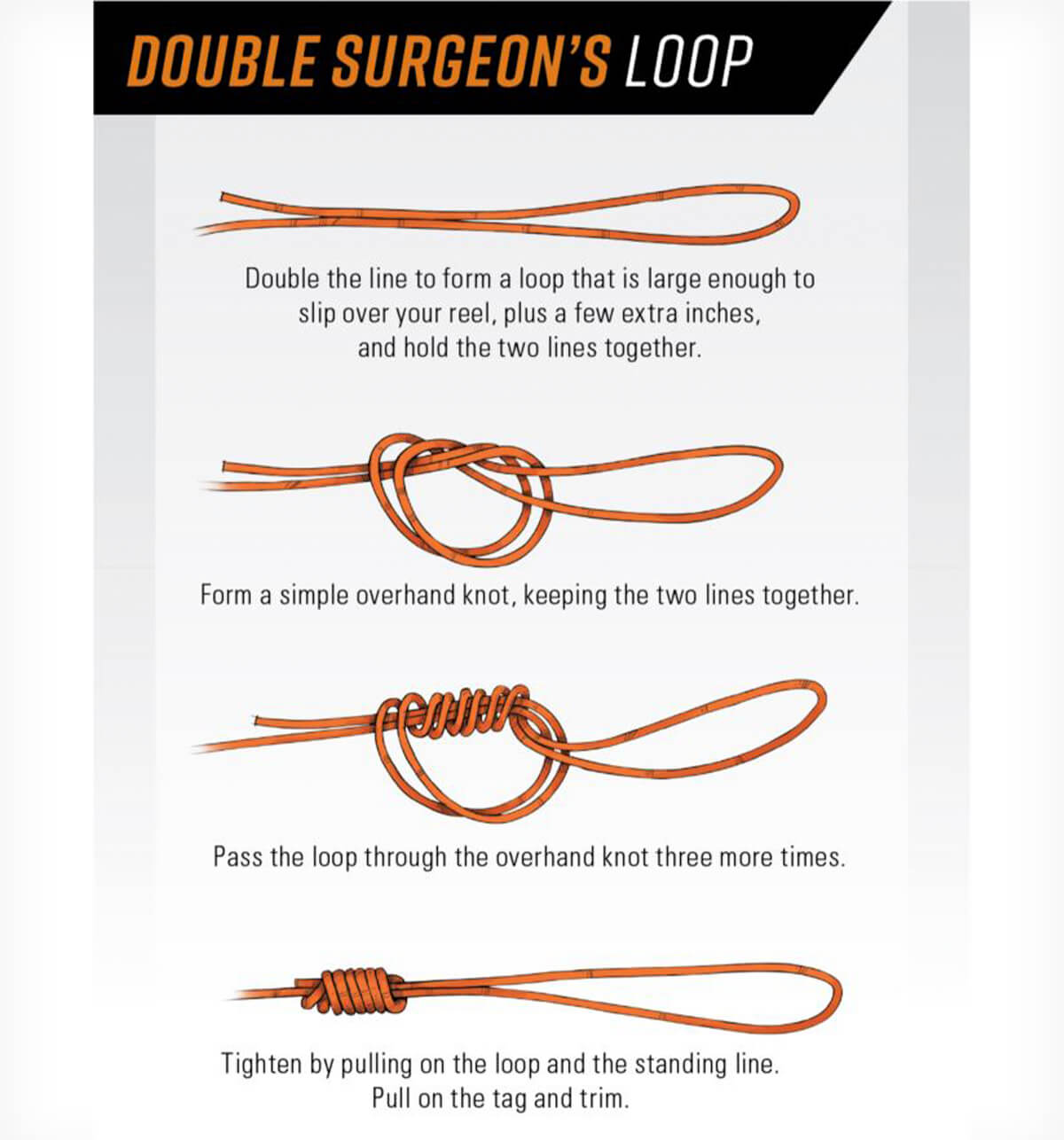Ever wondered how those intricate, feathery creations dangling from a fishing line come to life? The world of fly tying is a fascinating blend of art and practicality, allowing anglers to customize their lures to match specific fish species and water conditions. Creating your own flies isn’t just a cost-effective way to stock your tackle box; it’s a deeply rewarding hobby that connects you to a long tradition of angling ingenuity.
Fly tying is essentially the process of assembling various materials like feathers, furs, and threads onto a hook to imitate insects, baitfish, or other aquatic creatures that fish feed on. It’s a meticulous craft, but the initial learning curve shouldn’t deter you. With a little patience and practice, anyone can learn to create effective and beautiful flies. This journey into fly crafting opens a door to understanding fish behavior, river ecosystems, and the subtle nuances that make each fishing trip unique.
The origins of fly tying can be traced back centuries, with evidence suggesting early forms of the craft existed in ancient Macedonia and Japan. Over time, techniques evolved, and different regional styles emerged, each reflecting the local environment and the types of fish targeted. Today, fly tying remains a vital aspect of angling, particularly in fly fishing, where artificial flies are the primary lure. The importance of this craft lies not only in its practical application but also in its preservation of a rich angling heritage.
One of the primary challenges in learning how to construct fishing flies is mastering the various knots and techniques required to secure the materials onto the hook. From the initial thread wraps to forming the body and adding wings and hackle, precision and dexterity are crucial. Selecting the appropriate materials for different fly patterns is another key aspect that often requires experience and an understanding of fish feeding habits.
Before diving into the specifics of fly construction, it's important to understand some basic terminology. The "hook" serves as the foundation of the fly. "Thread" is used to bind materials to the hook. "Dubbing" is a fuzzy material used to create the body of the fly. "Hackle" refers to the feathers wrapped around the hook shank, often imitating insect legs. "Wings" and "tails" complete the illusion, giving the fly its lifelike appearance. A simple example is the Woolly Bugger, a versatile fly with a chenille body, hackle, and marabou tail, effective for various fish species.
Creating your own flies offers numerous benefits. Firstly, it’s significantly more economical than buying commercially produced flies, especially if you fish frequently. Secondly, tying your own flies allows for customization. You can experiment with different colors, sizes, and materials to create patterns specifically tailored to your local waters and the fish you're targeting. Lastly, fly tying is a rewarding hobby in itself. It's a relaxing and creative outlet that can be enjoyed year-round, fostering a deeper appreciation for the art and science of angling.
Taking the first steps in fly tying involves acquiring a basic set of tools: a vise to hold the hook securely, a bobbin to manage the thread, scissors, hackle pliers, and a bodkin for applying adhesives. Start with simple fly patterns like the Wooly Bugger or Clouser Minnow. Numerous online resources, books, and local fly shops offer beginner-friendly instructions and kits. Practice consistently, focusing on mastering each step before moving on to more complex patterns.
Here’s a simplified step-by-step guide for tying a basic fly: Secure the hook in the vise. Attach the thread to the hook shank. Create the body using dubbing or other materials. Attach the hackle. Add wings or a tail, if required. Tie off the thread and apply head cement to secure the fly. With each fly you tie, your skills and confidence will grow.
Advantages and Disadvantages of Tying Your Own Flies
| Advantages | Disadvantages |
|---|---|
| Cost-effective | Initial investment in tools |
| Customization options | Time commitment |
| Rewarding hobby | Learning curve |
Best practice: Choose high-quality materials. Best practice: Maintain sharp tools. Best practice: Practice proper knot tying. Best practice: Organize your materials. Best practice: Learn from experienced tyers.
Examples of Flies: Wooly Bugger, Clouser Minnow, Dry Fly, Nymph, Streamer. Challenges and Solutions: Thread breakage (use stronger thread), Material slippage (apply more tension), Proportion issues (practice consistently), Difficulty with intricate patterns (start with simpler flies), Finding tying time (dedicate specific times for tying).
FAQs: What tools do I need to start? Where can I learn fly tying? What are the best materials to use? What are some easy fly patterns for beginners? How do I choose the right hook size? How do I store my flies? What is the difference between dry flies and nymphs? Where can I buy fly tying materials?
Tips and Tricks: Use a whip finisher for secure knots. Keep your bobbin tension consistent. Practice on larger hooks before moving to smaller sizes. Watch videos and attend workshops to improve your technique. Experiment with different materials and colors.
In conclusion, learning how to tie fishing flies is a journey of discovery and creativity. It's about more than just creating functional lures; it’s about connecting with a rich angling tradition, understanding the intricate world of aquatic ecosystems, and expressing your artistic flair through the meticulous craft of fly construction. The initial investment of time and effort pays off in numerous ways, from the satisfaction of catching fish on a self-tied fly to the quiet enjoyment of a rewarding hobby. So, gather your materials, embrace the challenge, and embark on this fulfilling adventure into the world of fly tying. The rewards are well worth the effort, and the journey itself is a testament to the enduring allure of angling.
Unleash your inner designer with elephant ear paint
Discord server icons inspiration or imitation
Unlocking replika exploring free code options














